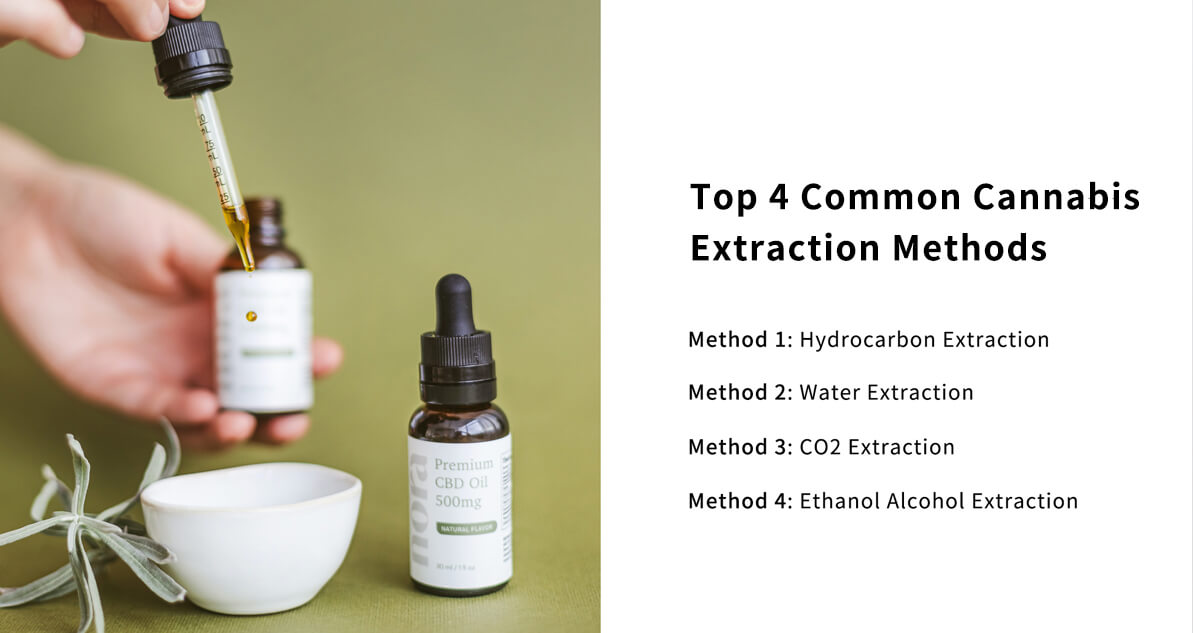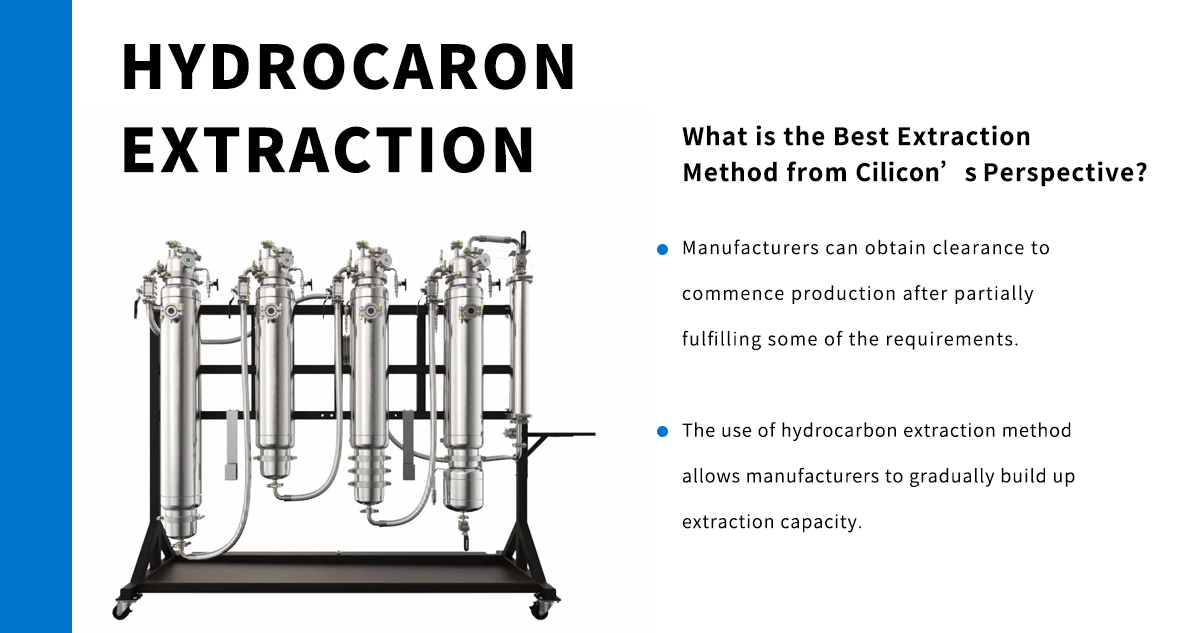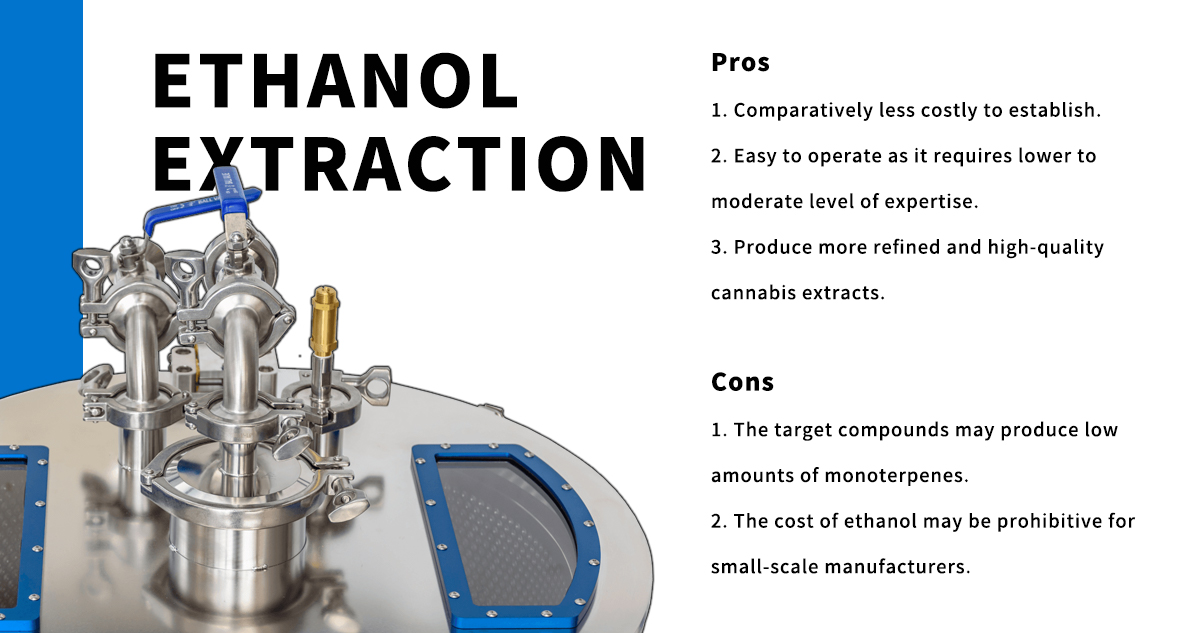Are You Puzzled About How Have Cannabis Extracted and Its Costs?
It is interesting to realize that even as millions of people derive satisfaction from the consumption of cannabis vaping, very few possibly know about the rigorous preparations to ensure that the product is available in the market. This could be due to the sophisticated cannabis extraction methods that require a great deal of expertise for an optimal explanation, making cannabis users flee from learning it. However, understanding the cannabis extraction process and technique will not only help you appreciate and purchase the best suitable type of marijuana but also enable cannabis manufacturers to provide consumers with the most accurate product in the most cost-effective way. It can even become one of the social topics for retailer business partners to discuss with cannabis users or venture partners during networking or social events to build a rapport relationship. The extraction process involves converting target molecules in the cannabis plant into a usable form. An oil compound is extracted from the cannabis plant using various methods, alongside other final products, such as THC, CBD, and terpenes. Based on the “Cannabis Extraction & Refinement Process: Making Common Derivatives” and “The Economics of Extraction” articles, the following are some of the methods commonly used to extract cannabis and the associated costs.

Method 1: Hydrocarbon Extraction
What is the Hydrocarbon Extraction Procedure?
The hydrocarbon extraction of cannabis is one of the most popular methods of obtaining compounds from the cannabis plant. Hydrocarbon extraction method primarily entails the utilization of hydrocarbon components, such as butane or propane gas to separate the active chemical components of cannabis. The active compounds separated during hydrocarbon extraction methods are cannabinoids and terpenes. The compounds are separated from the inert plant material. Extractors obtain a wide range of products, such as shatter, budder, wax, HTFSE, HCFSE, or crude extract for distillation, or terpenes to be added to distillate.

What is the cost of extraction?
Hydrocarbon extraction is one of the costliest methods, and this may make it unsuitable for small-scale extractors. The whole hydrocarbon apparatus costs between $5,000 and $100,000 The cost depends on the size and the intended production output. Besides, other costs include a high level of skill set required to operate the apparatus optimally. Extractors should first obtain clearance from the relevant legal authorities, especially in view of the storage and usage of highly flammable liquids.
Pros
- Suitable for large-scale industrial production of cannabis
- Easy to use, especially with the right equipment and other resources
Cons
- Regulatory requirements may be a hindrance in the production of cannabis vaping on a large scale
- Requires advanced technical skills to operate the complex apparatus successfully
- Unsuitable for small-scale extractors due to capital outlays
Method 2: Water Extraction
What is the Water Extraction Procedure?
Water extraction of cannabis is the most common and popular form of solvent-less method of extraction. The cannabis plant is submerged into freezing water and stirred vigorously in order to separate the trichomes from the plant. The separated substance is then passed through a series of screens. The final extract contains between 50% and 70% THC levels concentration The forms produced from the water extraction include raw resin.
What is the cost of extraction?
Water extraction is one of the most cost-effective methods of producing cannabis. The cost of the complete apparatus range between a few hundreds to thousands of dollars. Therefore, even small-scale manufacturers are able to commence such a plant. The technique level required is a basis to moderate understanding of chemistry. The extracting company would require obtaining compliance and legal clearance before commencement of operations. It is worth noting that water extraction yields numerous extract forms.
Pros
- Low Cost of apparatus
- Minimal adverse impacts on the environment
- Less complicated
- Requires only low to moderate level of technical skills and expertise
Cons
- Water-soluble terpenes are absorbed and lost in the wastewater.
- The small range of compounds targeted makes the method limited in terms of products that can be produced.
Method 3: CO2 Extraction
What is the CO2 Extraction Procedure?
The supercritical CO2 extraction of cannabis entails the use of controlled temperatures and pressure to create a phase or an environment in which cannabis can be extracted from the plant. The changes in phases of CO2 accelerates the extraction of cannabis material from the plant composite. The CO2 extraction helps in maintaining the integrity and amounts of terpenes in plant materials. This extraction method is suitable for producing crude extract of cannabis, which is then subjected to further refinement process, such as filtration and winterization. Manufacturers are currently investing in technology that would allow them to use CO2 extraction method to produce better and refined cannabis. Some of the products of the CO2 extraction include shatter, budder and wax. The extractor primarily targets compounds such as cannabinoids The compound yields extract that have very low amounts of monoterpenes.
What is the cost of extraction?
The cost of CO2 extraction can be staggering by any standards. A standard apparatus for extraction would cost anywhere between $100,000 to several millions. However, the cost depends on factors, such as size of the manufacturing plant, capabilities, and extent of automations. Other non-monetary costs include the need to have a highly trained and competent basic chemistry/moderate. Extractors would also have to contend with other ancillary requirements, such as legal licenses, laboratories, and carbon dioxide storage tanks.
Pros
- Availability of Carbon Dioxide
- Requires low to moderate level of expertise
- Produce more refined and high-quality cannabis extracts
Cons
- Huge capital outlay, which can run to millions of dollars
- Can produce limited products only
- Extraction process may cause environmental pollution
Method 4: Ethanol Alcohol Extraction
What is the Ethanol Alcohol Extraction Procedure?
Manufacturers can use ethanol to remove cannabinoids and terpenes from cannabis plants. The process entails mixing ethanol with the cannabis plant. Ethanol is preferable because it serves as a polar solvent. Hence, it can easily dissolve the cannabinoids and terpenes. In addition, ethanol has a capability of dissolving the water-soluble molecules such as chlorophyll. The forms produced by ethanol extraction are the same as those CO2. The crude extracts require to be subjected to further refinement, such as winterization and filtration. Current trends show that manufacturers are investing in superior equipment to improve the quality of extracts. Modern equipment has built-in distillers capable of producing high-quality cannabis. The process targets all the available compounds, including cannabinoids. However, this compound has low amounts of monoterpenes.

What is the cost of extraction?
The cost of the ethanol extraction apparatus may range between as low as $5,000 to as high as several million dollars. The cost depends on the size of the apparatus and the extent of automation. The technical skillset required is an educated operator with a basic or moderate knowledge in chemistry. Ancillary requirements for setting up the apparatus include legal and compliance clearance from the relevant authorities. In addition, the manufacturer may incur the extra cost of building or acquiring ethanol storage tanks.
It is worth noting that the cannabis extract is initially in the form of concentrate forms, which can then be subjected to further improvement. The concentrates are sources of multitude of consumer goods and products. However, the underlying concept is to develop an extraction capacity that represents the greatest efficiency. In most cases, the final extract is determined by the prevailing market demand. The manufacturer should be in a position to analyze the market and design products that would not only meet the needs of consumers but ensures that ethical considerations are taken into consideration. As evidenced by research, numerous factors determine the success of the extraction method, including financial resources, ancillary requirements, and availability of requisite skills.
Pros
- Comparatively less costly to establish.
- Easy to operate as it requires lower to moderate level of expertise.
- Produce more refined and high-quality cannabis extracts.
Cons
- The target compounds may produce low amounts of monoterpenes.
- The cost of ethanol may be prohibitive for small-scale manufacturers.
- Although it is easy to operate but it still requires a considerable level of technical skills for it to be effective.
What is the Best Extraction Method from Cilicon’s Perspective?
In brief, the cannabis extraction method targets specific molecules, which are then converted into usable form after being subjected to several refinements. Oil is extracted from the trichomes to extract and process the potent compounds finally. Some of the most common extraction methods include hydrocarbon extraction, water extraction, ethanol extraction, and CO2 extraction.
The best extraction method is determined various factors, including cost, quality of product, and environmental impacts. Processors should identify the most cost-effective and environmental-friendly approach to extract cannabis in order to promote the industry and minimize. The most preferable cannabis extraction method is the hydrocarbon extraction. From the cost perspective, this method of extraction should be the most preferable because it enable even smaller manufacturers to contribute to the industry. Another reason why the hydrocarbon extraction method is the most preferable is the ability to produce numerous products. Unlike the other two methods, hydrocarbon extraction method targets numerous compounds, including all available cannabinoids, CBDA, THCA, and available terpenes. The wide array of compounds targeted increase the product range of the extraction method.
Hydrocarbon extraction is less restrictive than other methods; manufacturers can obtain clearance to commence production after partially fulfilling some of the requirements. For example, the extraction of hemp does not necessitate technicians to obtain all the same licenses or permits as they would if extracting THC. Thus, the use of hydrocarbon extraction method allows manufacturers to gradually build up extraction capacity.
What is the Least-Preferred Method of Cannabis Extraction from Cilicon’s Perspective?
The least-preferred method of cannabis extraction is the use of ethanol. One of the drawbacks of this extraction method is the huge cost outlay. A manufacturer may incur costs of up to one million dollars, thus taking a long time to recover the initial cost outlay. Second, there are no concessions with regards to requirements. A manufacturer will need to meet all the requirements before they can commence extraction. For example, regulatory and legal requirements that must be met include legal license, compliant laboratory, and a proven ability to store ethanol alcohol. These requitements may increase the cost of extraction of cannabis, making it uncompetitive in the market.
Rise Your Cannabis Empire Together with Cilicon
Based on the Market Data Forecast’s current trajectory, Federal legalization and continued product innovation are likely to stimulate more extraction of cannabis. The growing demand for cannabis globally has necessitated manufacturers to determine the most effective extraction methods. The value of the cannabis market is projected to reach $46.8 billion in 2027. Based on this buoyant market outlook, the global market is poised to reach its full potential after the full legalization of cannabis. This positive market outlook represents a huge motivation for both marijuana producers and vape device suppliers to double down on their extraction efforts and vaporizer development commitment. Cilicon is always ready to be your bigwig and eager-beaver business partner in the cannabis market. Cilicon is the teamwork that makes the dream work to satisfy your customers in a breeze! We are committed to producing the most remarkable cannabis vape devices that will blow your consumer away with its brief but breath-taking cannabis vaping features without compromising environmental values. Thus, you can outsource your cannabis vapes to a trusted manufacturer like Cilicon for peace of mind. We will assign a dedicated project management team to ensure the end-to-end processes of your purchased cannabis vapes will run smoothly. Reach out to us now for the element of surprise from us to you.